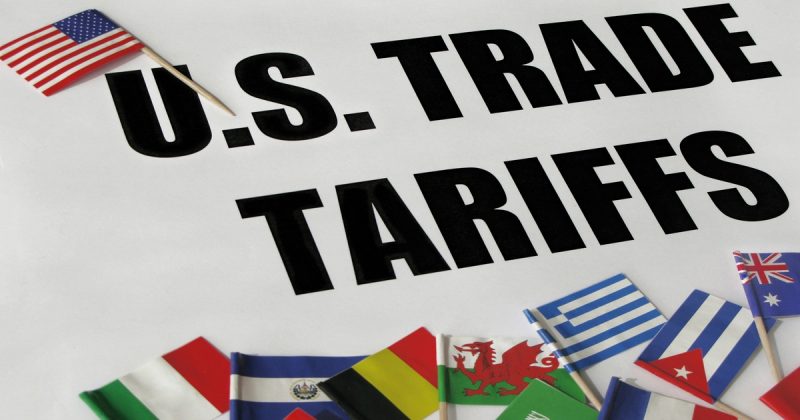
The reinstatement of the United States’ 25% Section 232 tariffs on steel imports has forced governments and companies worldwide to adapt. These tariffs have significantly impacted the global steel market. This has prompted changes in trade strategies and production plans. As companies navigate this new environment, the ongoing uncertainty continues to challenge the steel industry.
Global Reactions to the Steel Tariffs
Since the tariffs were reinstated, discussions about the tariffs have been central in conversations with research partners and industry experts. Many respondents from the US have noted that domestic steel demand is weakening due to the market uncertainty created by these tariffs. While the US government remains unclear about future tariff policies, countries and companies around the world are already taking measures to mitigate the effects.
US import tariffs on steel imports have risen sharply in recent months. According to S&P Global, the average tariff rate is currently around 17%, which is 2.5% higher than the previous year. However, it is down from the 24% average in April. These tariffs particularly impacted Chinese imports, which faced duties as high as 145%. US importers are now awaiting a final decision on the “reciprocal” tariffs imposed on countries globally. This decision is expected by July 9.
The US-Mexico-Canada Agreement (USMCA) is also up for review in July 2026, adding further uncertainty to future trade policies.
Impact on Canada’s Steel Industry
Canada’s steel industry has been hit particularly hard by the tariffs. Almost all steel imports into the US are now subject to the 25% tariff, effective since March 14. This change has led to significant layoffs and reductions in Canadian steel production. In response, both the Canadian government and domestic steel producers are shifting focus to the home market.
US-based Cleveland-Cliffs, which acquired Stelco in 2024, announced that its new Canada-based operation will sell exclusively within Canada. This strategic move aims to increase its share of the Canadian steel market from 70% to 100%. Additionally, the Ontario provincial budget, which oversees over half of Canada’s steel production, has introduced a “Buy Canada” provision. This mandates that steel used in public infrastructure projects must come from domestic sources.
Canada has retaliated with a 25% tariff on US steel imports, effective from March 13. This decision follows a significant shift in Canadian steel imports. With 40% of Canada’s steel imports in 2024 coming from the US, the Canadian government is also exploring additional measures to protect its steel industry.
Investment in US Steel Production
The rise in steel tariffs has also spurred increased investment in US steel production. Japanese steel giant Nippon Steel has pledged up to USD4 billion in investment to build a new steel mill in the US, contingent upon the US government’s approval of its acquisition. The chairman of Nippon Steel, Takahiro Mori, emphasized the strategic importance of the investment amid rising import tariffs. Details on the project’s capacity and timeline are expected. They will be revealed once the acquisition is finalized, pending an investigation by the Committee on Foreign Investment in the United States.
Similarly, Hyundai Steel has committed to a USD5.8 billion investment in a new electric arc furnace (EAF)-based steel mill in Louisiana. The mill, set to produce 2.7 million tonnes of steel annually, is scheduled to begin commercial production in 2029. It will focus on producing high-grade automotive steel sheets.
Several US steel producers, including Nucor and Steel Dynamics, have also announced significant investments to expand domestic production. Nucor has already completed the construction of a new 1.2 million short ton plate facility in Brandenburg, Kentucky. They also have a bar production unit in Darlington, South Carolina. Steel Dynamics’ new 3 million short ton flat rolled steel mill in Sinton, Texas, began commercial operations in 2022.
However, some planned investments have not come to fruition. US Steel’s modernization project and Republic Steel’s mill restart were both delayed or abandoned, highlighting the challenges companies face amid ongoing uncertainty.
Conclusion: Adapting to New Tariff Realities
The steel industry is experiencing significant disruption due to the US’s 25% Section 232 tariffs. Countries like Canada and companies globally are pivoting to adjust their strategies. They respond to the new trade environment. Steelmakers are investing heavily in domestic production and seeking alternative markets. Meanwhile, governments are implementing protective measures to shield their industries. The global steel market remains in flux. Companies will need to continue adapting to changing tariff policies and economic conditions.











Leave a Reply
You must be logged in to post a comment.